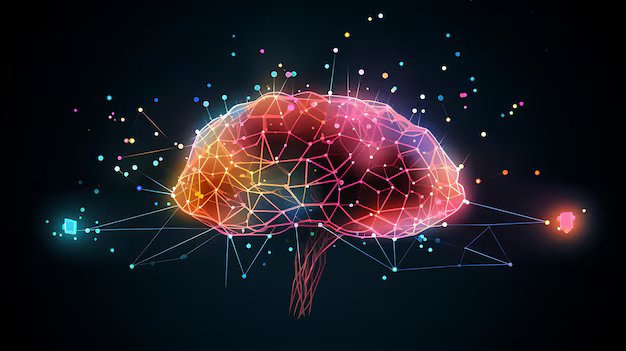Interictal
epileptiform patterns (IEDs) and vertex sharp transients (VSTs) are both EEG
phenomena that can occur in the brain, particularly during sleep. However, they
have distinct characteristics and clinical implications.
Interictal
Epileptiform Patterns (IEDs)
1.
Characteristics:
o Waveform: IEDs
typically exhibit sharply contoured components and can disrupt the surrounding
background activity. They often present as spikes or sharp waves and may have a
field that extends beyond one electrode.
o Duration: IEDs
are generally brief, often lasting less than 250 milliseconds, and can occur as
isolated events or in trains.
2.
Clinical Significance:
o Association
with Epilepsy: IEDs are indicative of underlying epileptic activity
and are often associated with an increased likelihood of seizures. Their
presence is critical for diagnosing epilepsy syndromes.
o Behavioral
Changes: IEDs may be associated with behavioral changes, particularly
if they are frequent or evolve into seizures.
3.
Differentiation Challenges:
o Background
Activity: Distinguishing IEDs from other normal or abnormal activities
can be challenging, particularly when they occur in similar frequency ranges.
Vertex
Sharp Transients (VSTs)
1.
Characteristics:
o Waveform: VSTs
are characterized by a sharp wave that typically stands out above the
background activity. They are often triphasic and symmetric in nature, with a
characteristic morphology that is distinct from IEDs.
o Occurrence: VSTs
are commonly observed during sleep, particularly in children and adolescents,
and are considered a normal variant of sleep activity.
2.
Clinical Significance:
o Benign
Nature: VSTs are generally considered benign and are not associated
with seizures or significant clinical symptoms. Their presence is often seen in
healthy individuals during sleep.
o Behavioral
Changes: Unlike IEDs, VSTs do not typically correlate with behavioral
changes or seizures, making them less clinically significant.
3.
Differentiation Challenges:
o Overlap
with IEDs: The similarity in appearance between IEDs and VSTs,
particularly when both present as sharp waves, can lead to challenges in
distinguishing between the two. However, VSTs typically have a more symmetric
and triphasic waveform compared to the sharper and more disruptive nature of
IEDs.
Summary
of Differences
- Nature: IEDs are indicative of
epileptic activity, while VSTs are considered a benign variant and are not
associated with epilepsy.
- Waveform Characteristics:
IEDs are typically sharper and more disruptive to the background activity,
while VSTs are triphasic, symmetric, and stand out above the background
activity.
- Clinical Implications:
The presence of IEDs suggests a need for further evaluation for epilepsy,
while VSTs are generally not a cause for concern and do not require
intervention.
Conclusion
In
conclusion, while interictal epileptiform patterns and vertex sharp transients
can both appear on EEGs, they differ significantly in their characteristics,
clinical implications, and the challenges associated with their
differentiation. Understanding these differences is essential for accurate EEG
interpretation and effective patient management.


Comments
Post a Comment